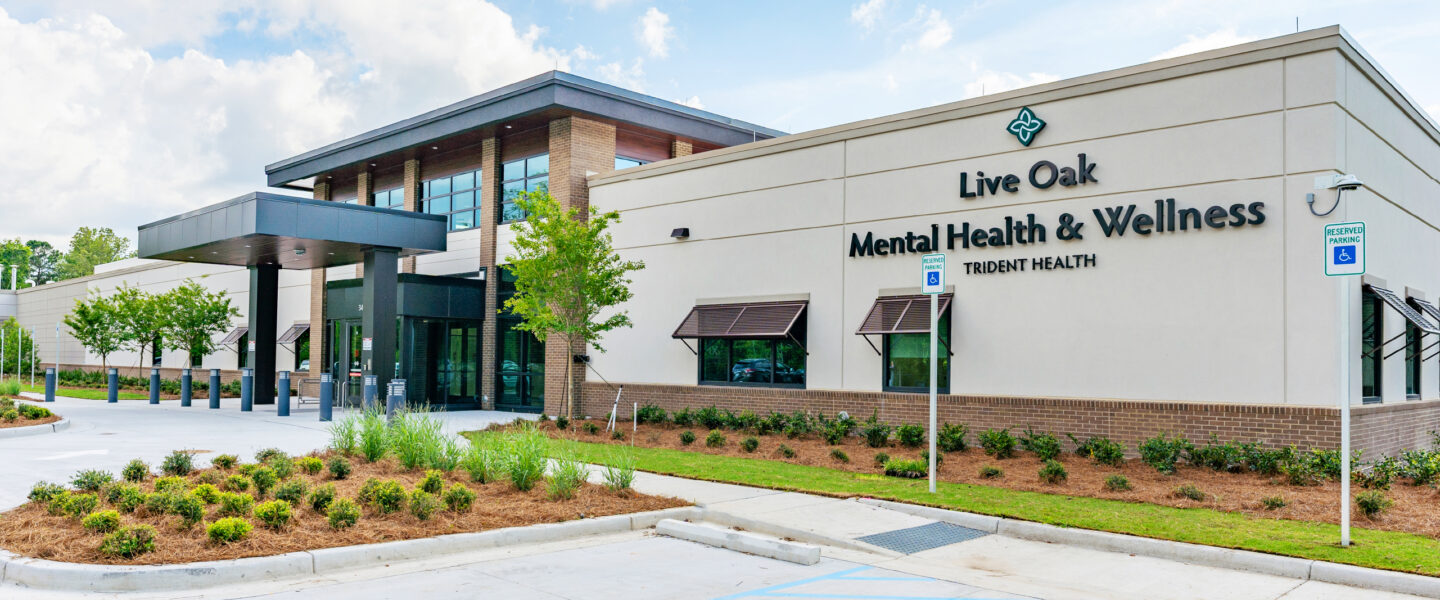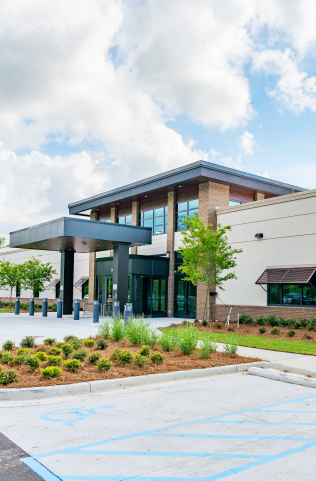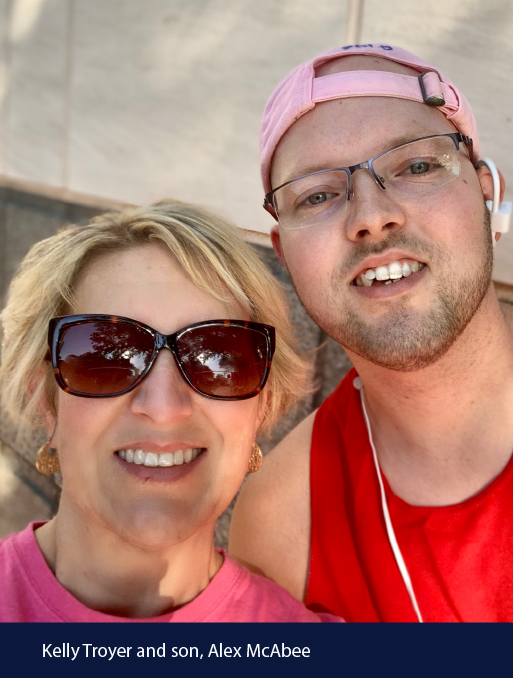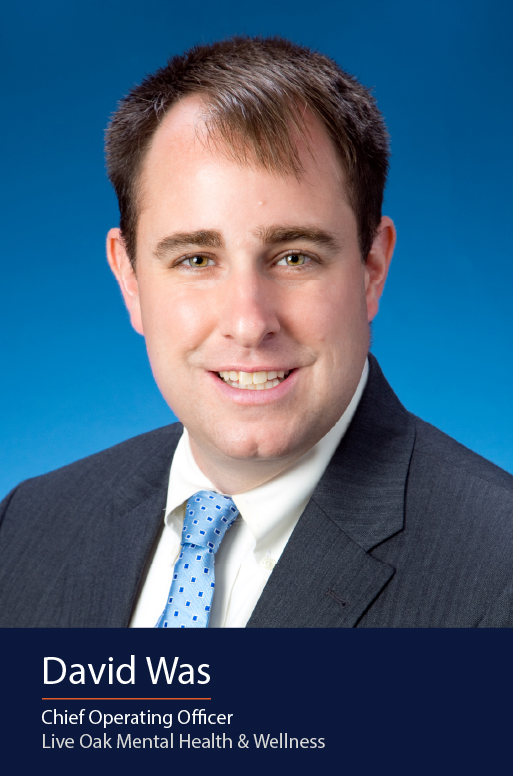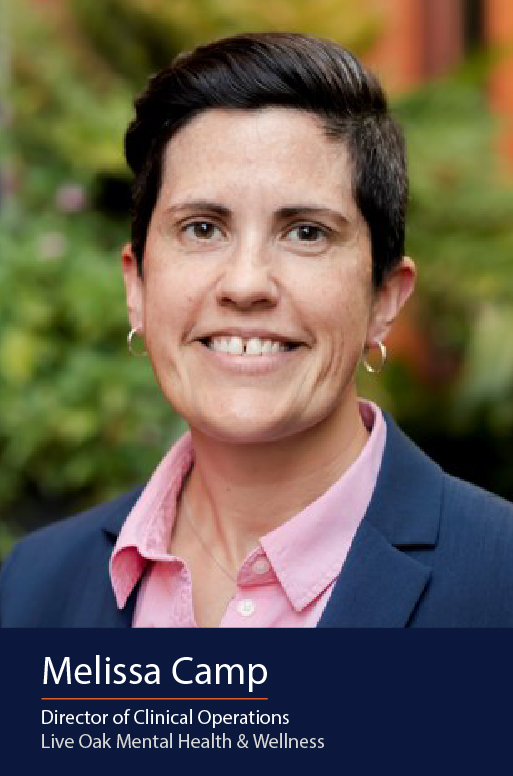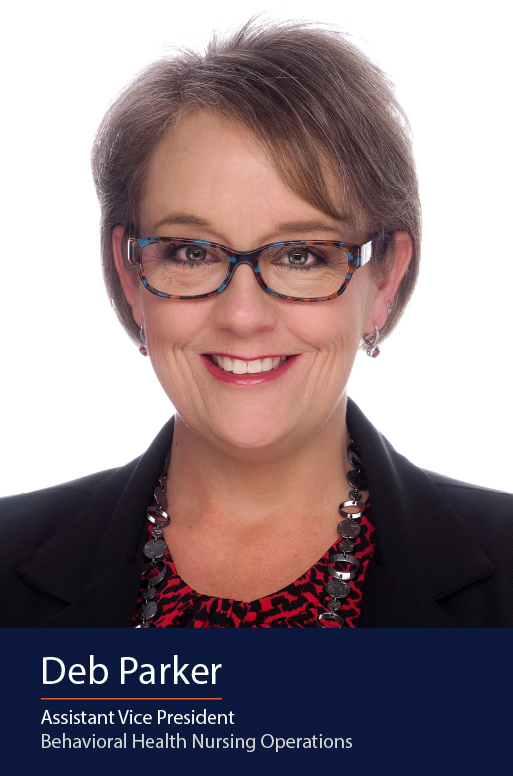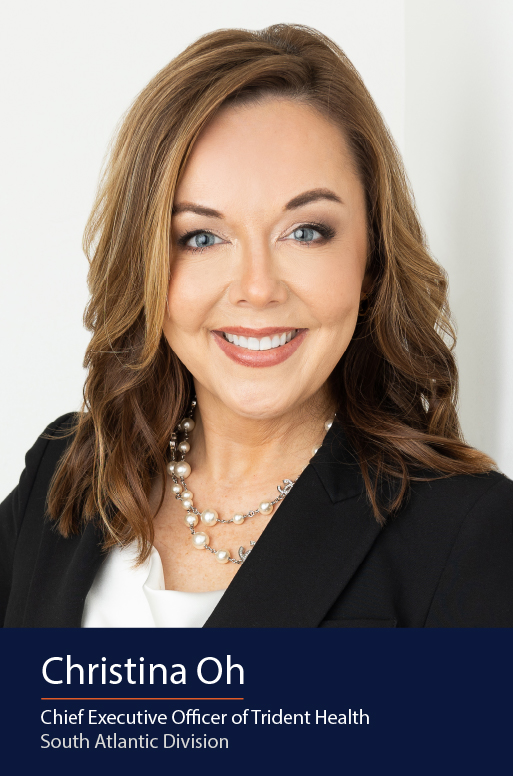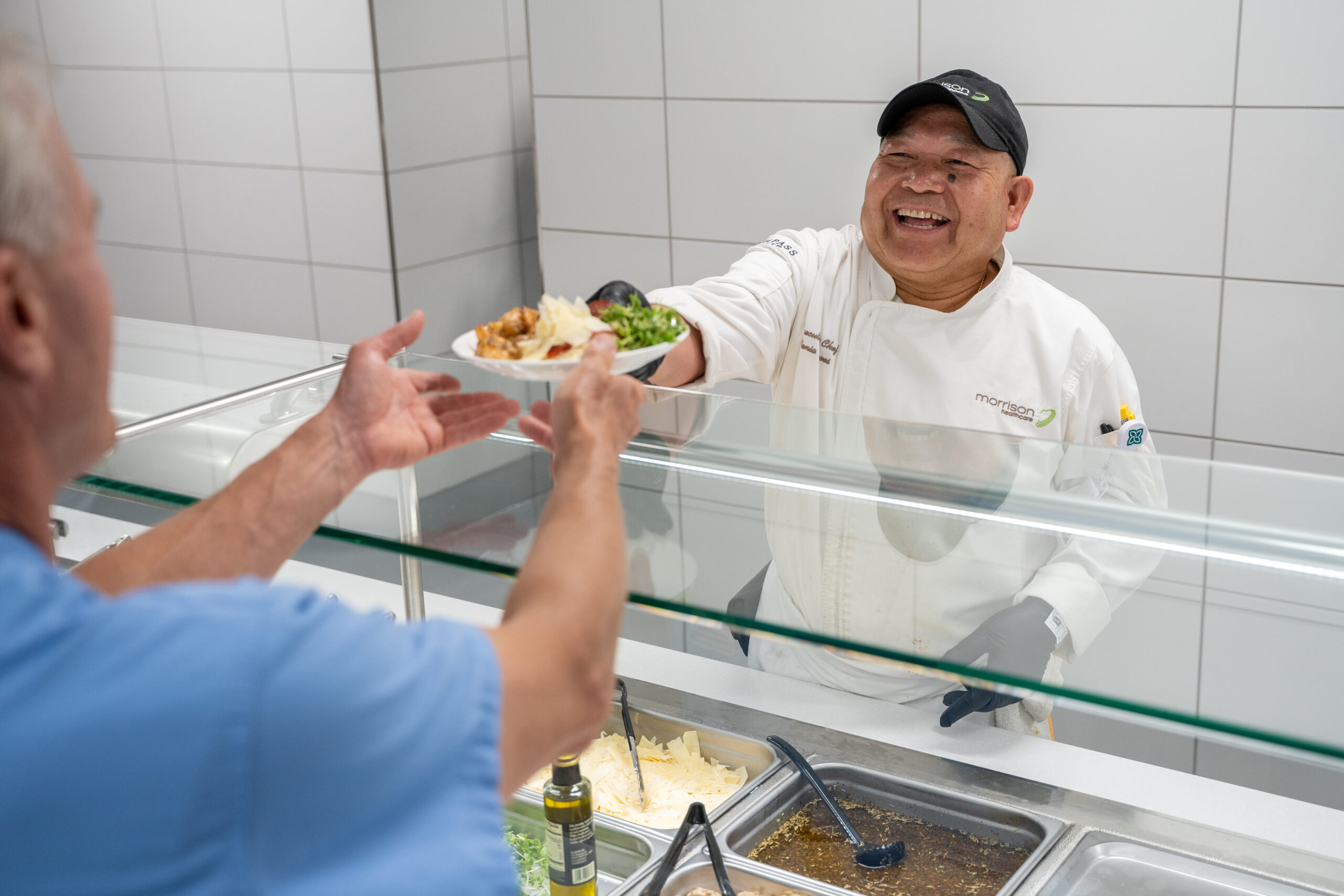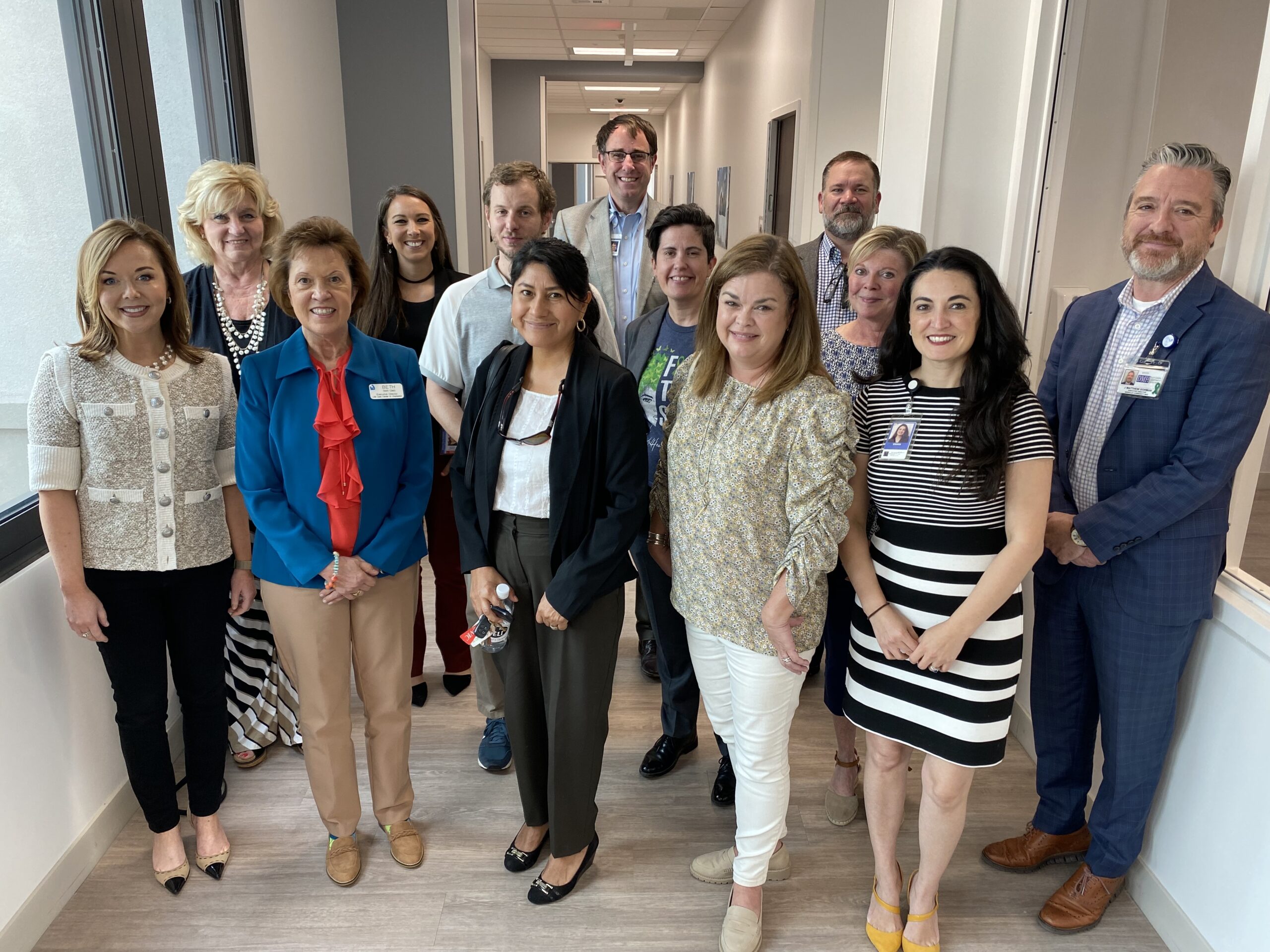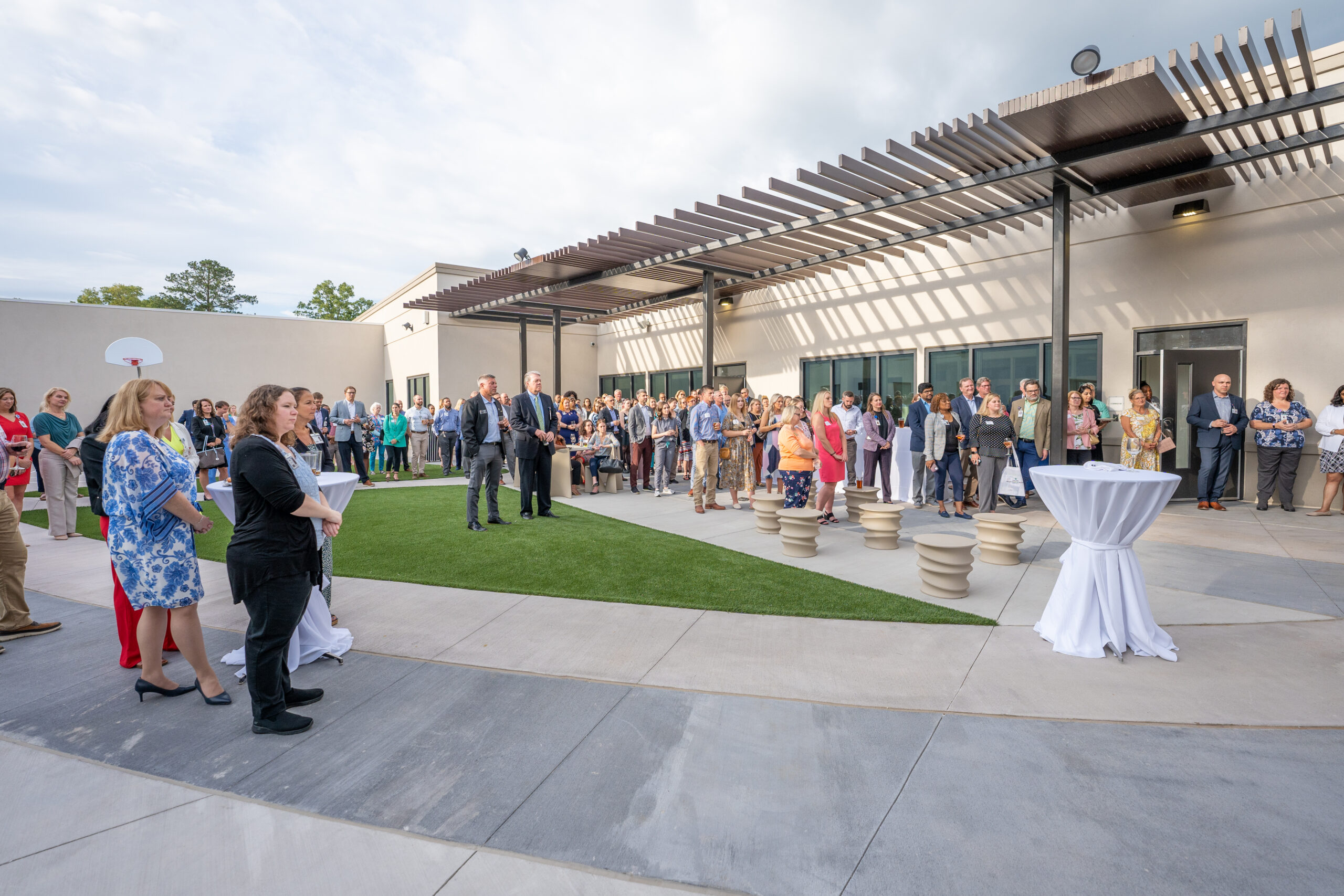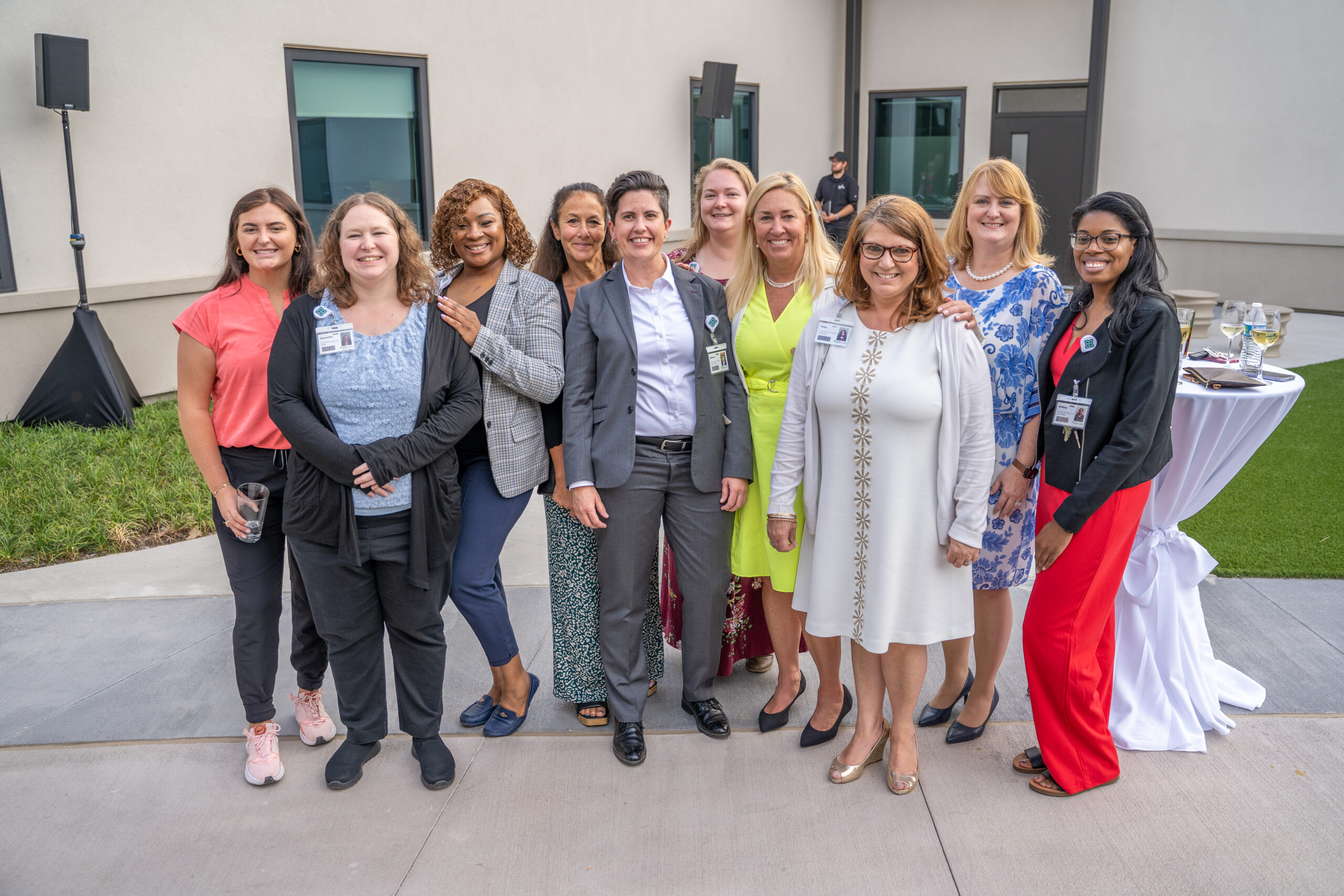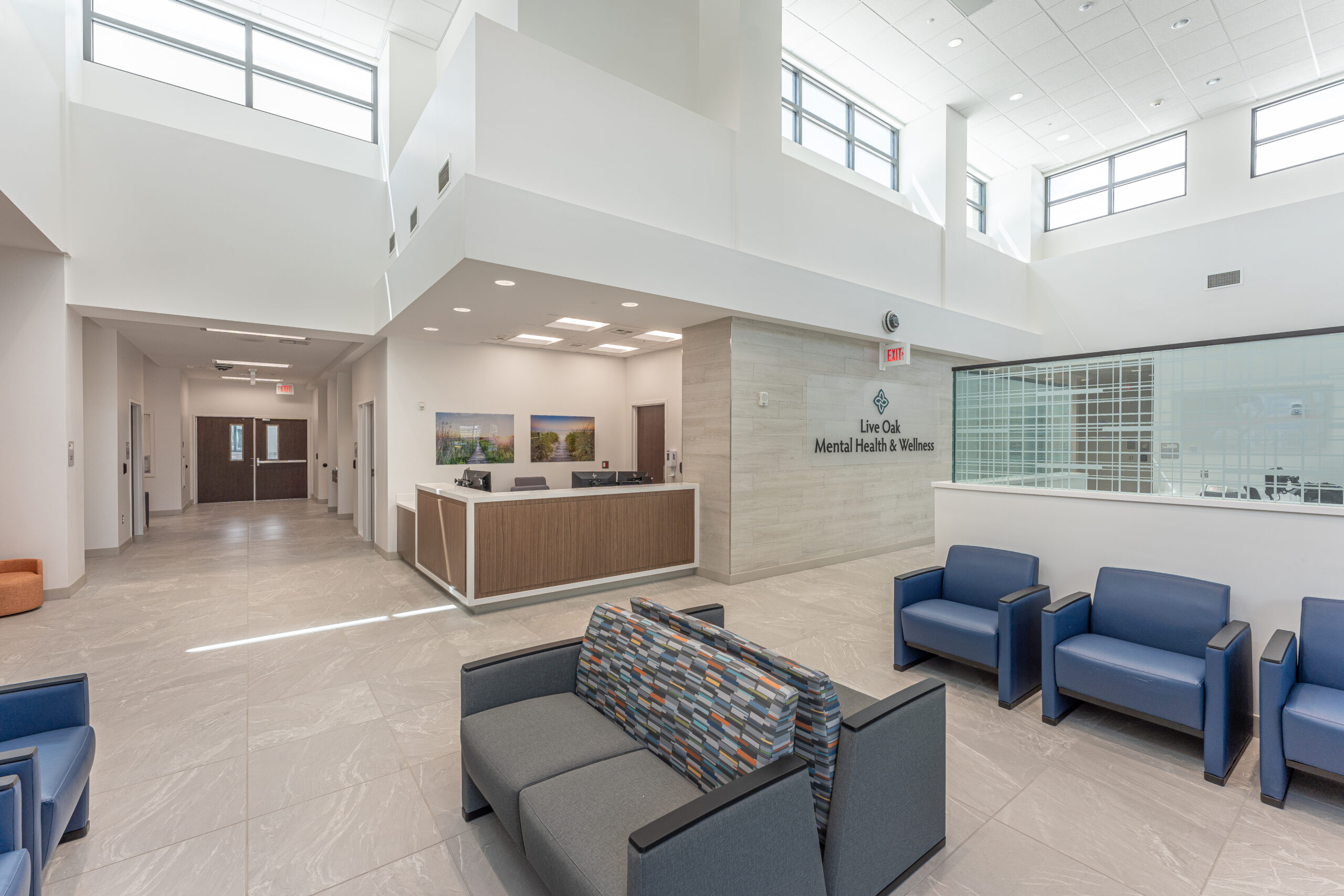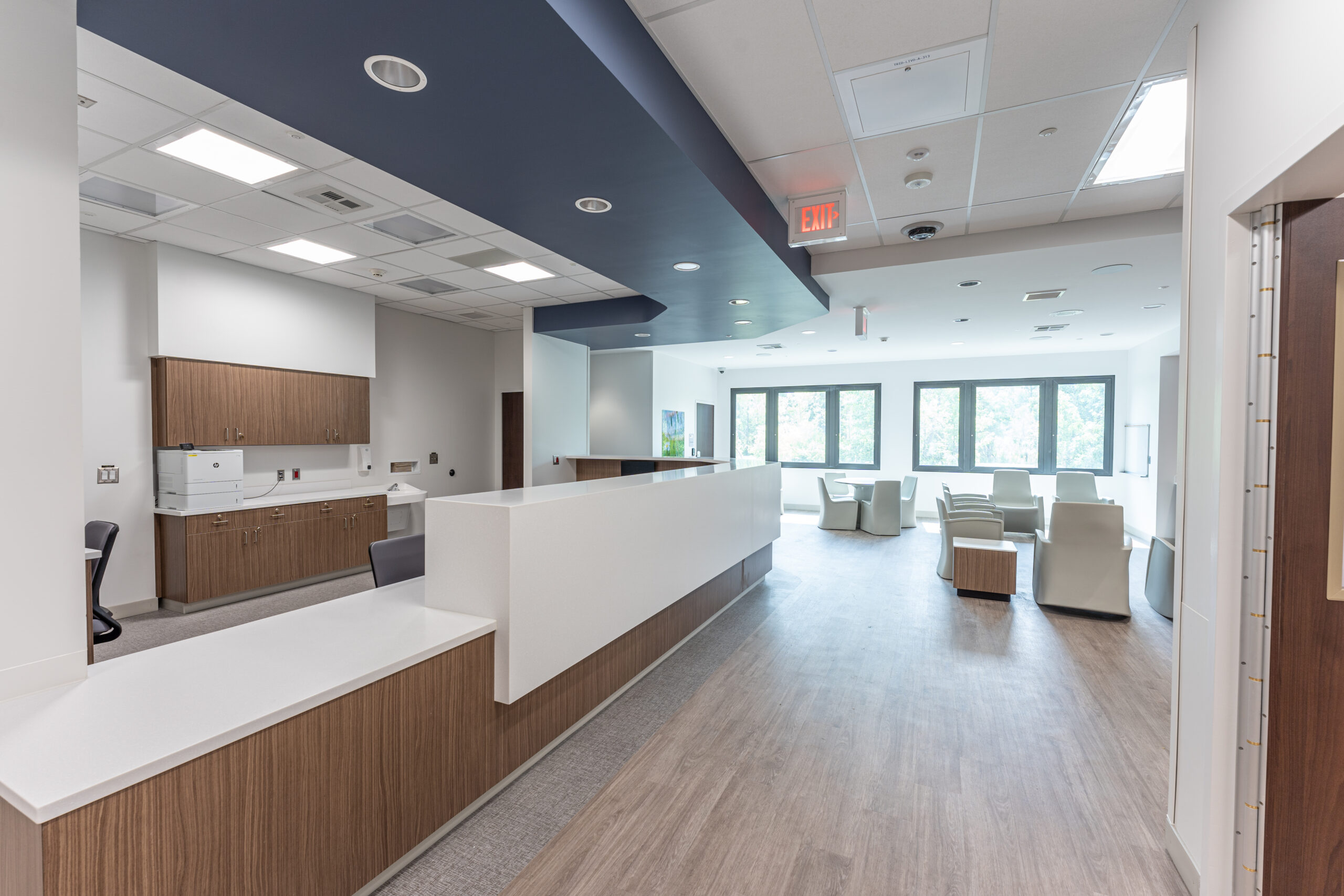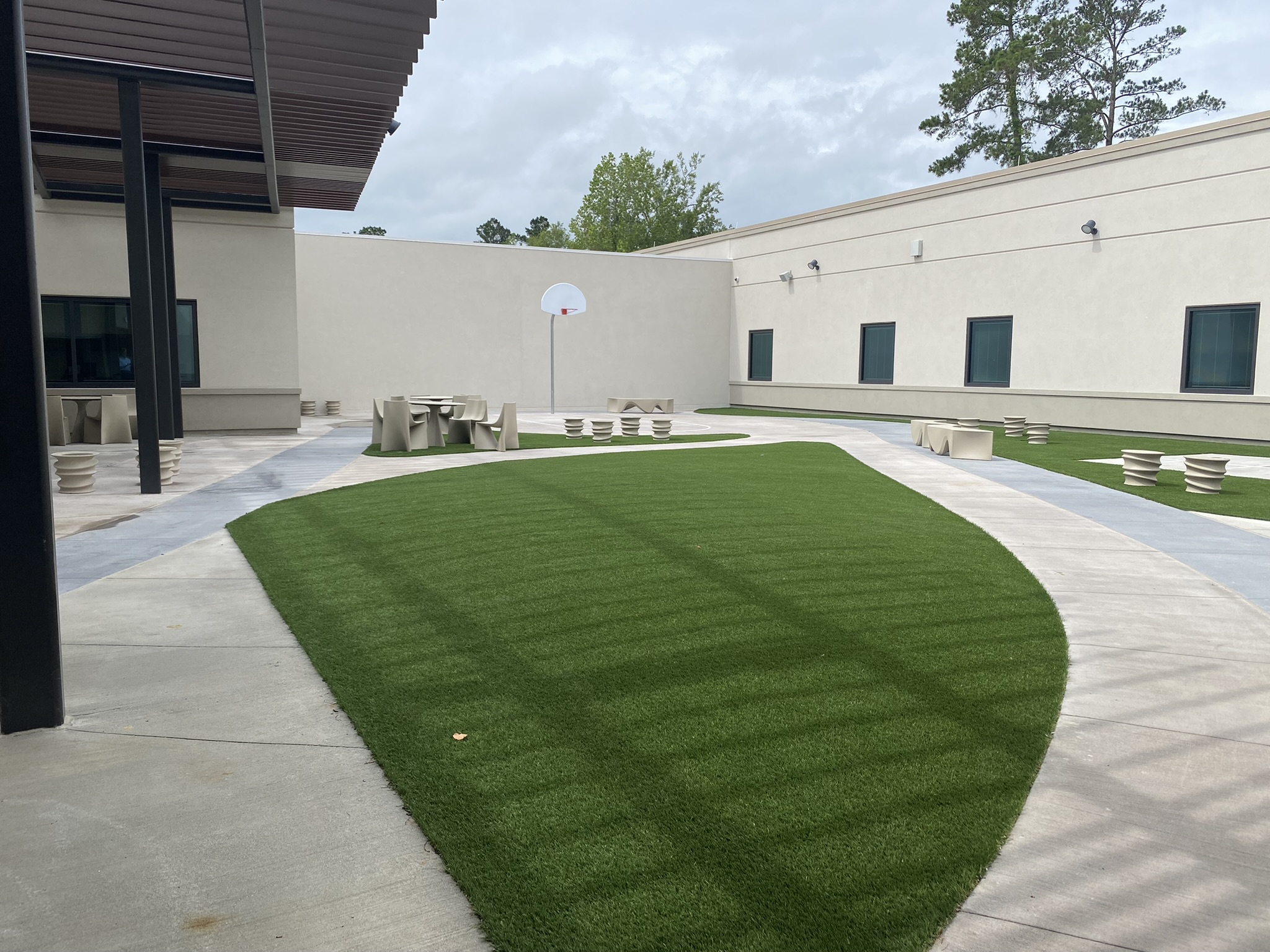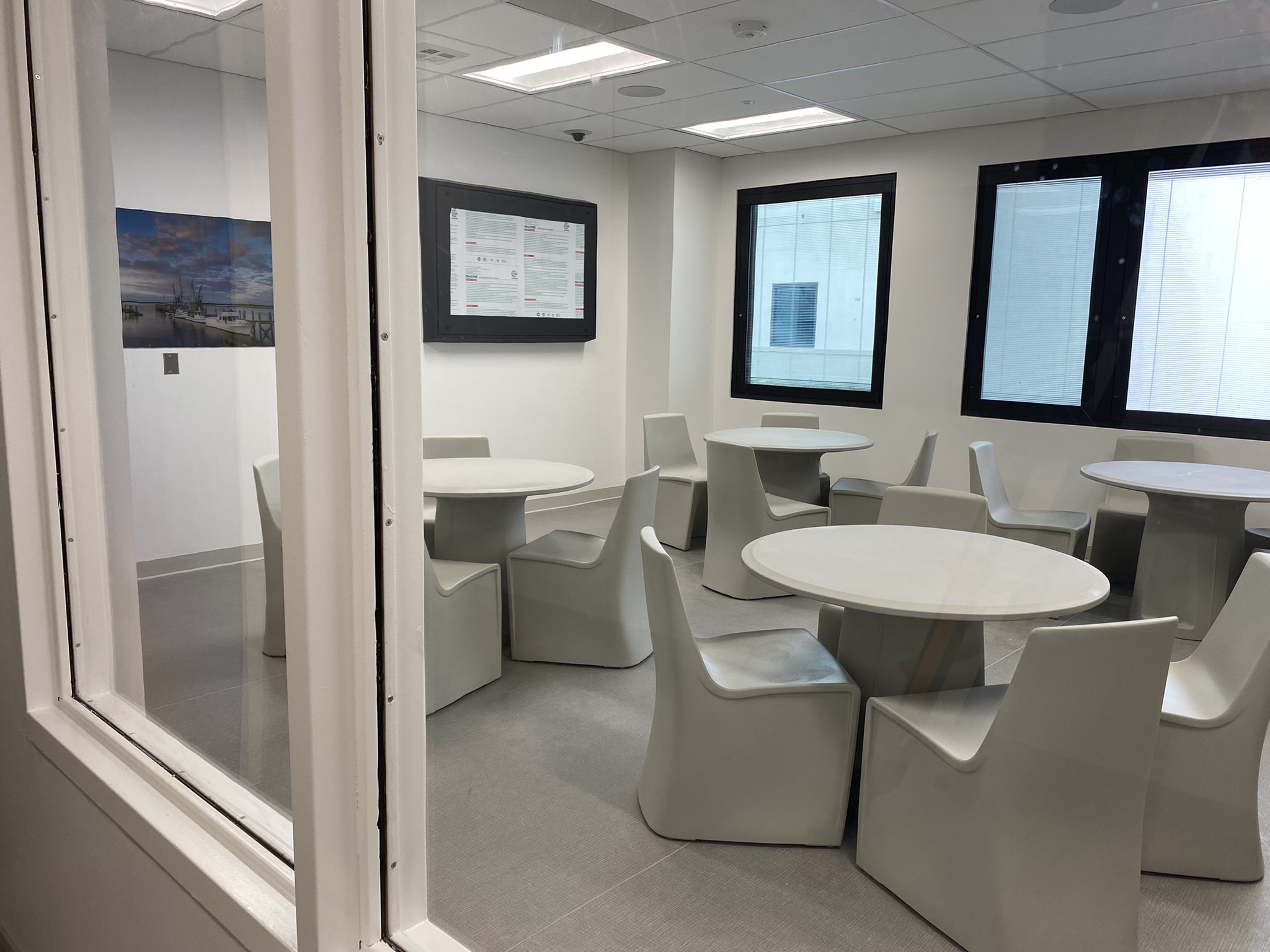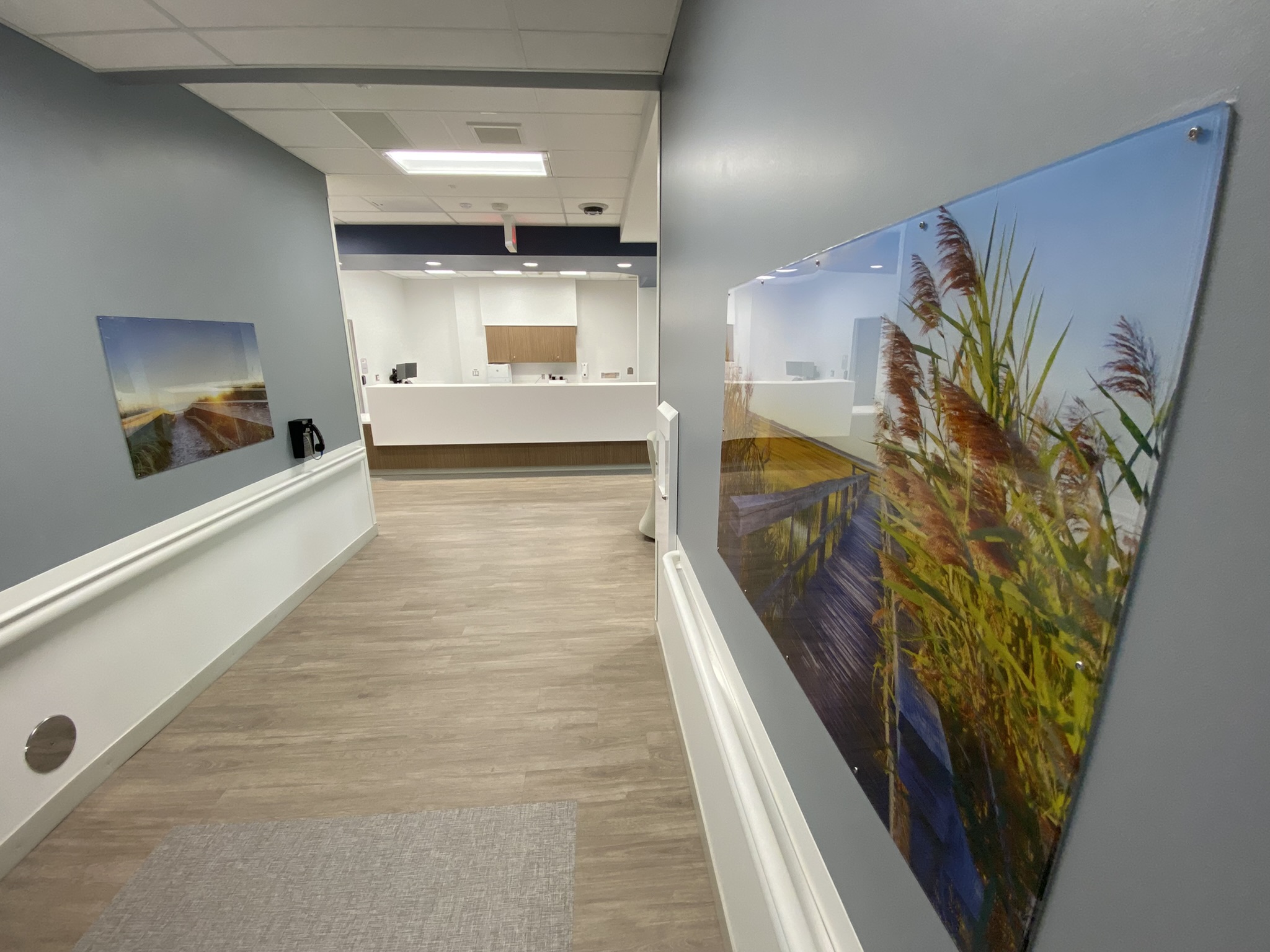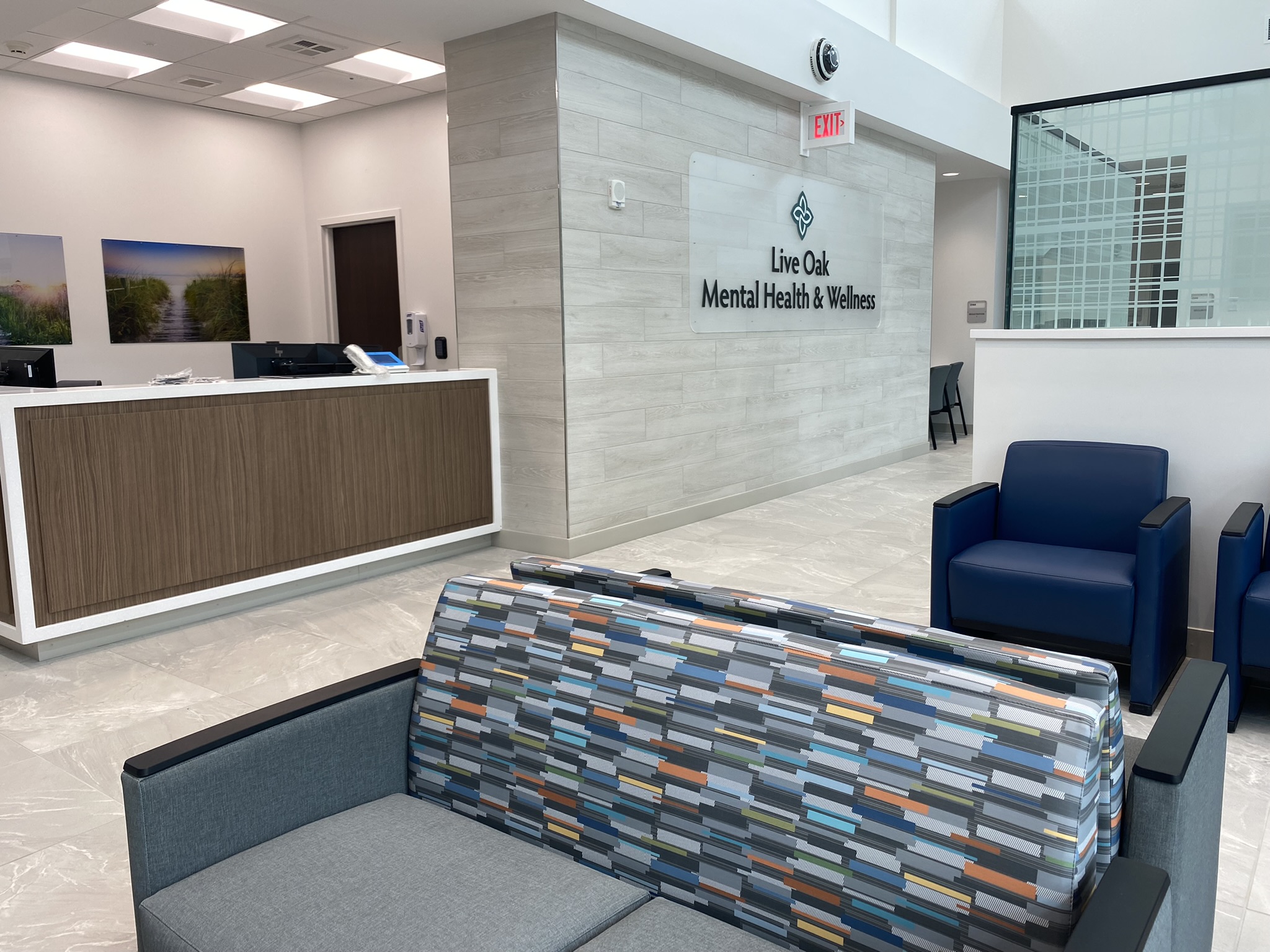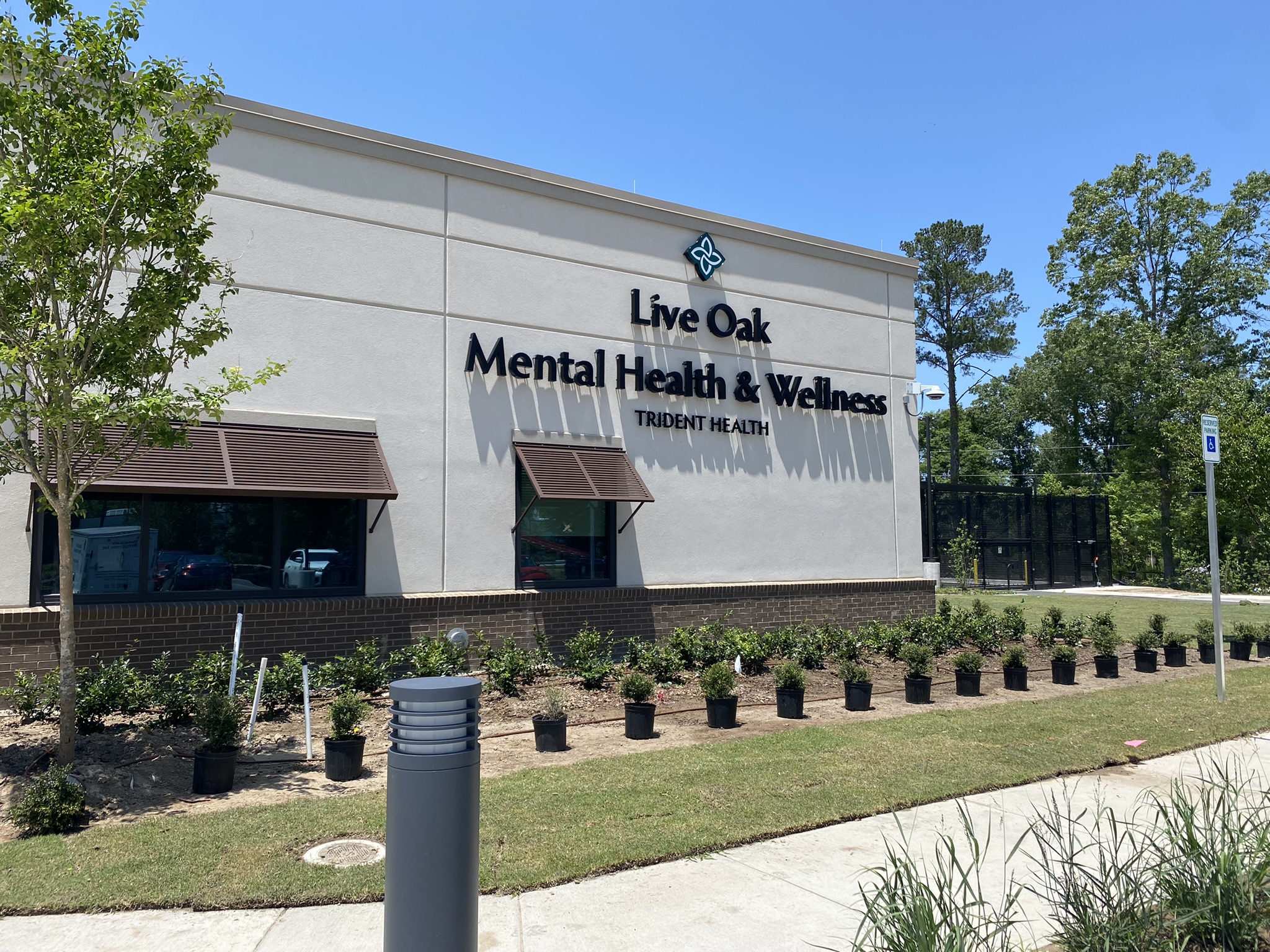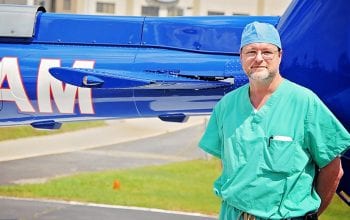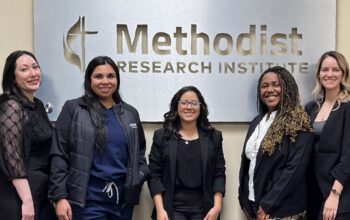Kelly Troyer just wants her son, Alex, to be happy.
And it’s a privilege that she knows he is. Alex McAbee works at Panera Bread, wears bow ties and calls himself “Mr. Charleston.”
He’s thriving, Kelly says, because of HCA Healthcare’s mental and behavioral health services. Kelly, a mental health advocate since Alex’s autism spectrum disorder diagnosis 25 years ago, says her son is treated with dignity. He feels understood and respected because they involve him in making care-related decisions. That’s what differentiates his HCA Healthcare experience from other experiences, Kelly says. Her story and her role with the Charleston-area affiliate of the National Alliance on Mental Illness position her as an expert on the services available to families in South Carolina. She knows the difficulties families can face when they have loved ones with mental health challenges. That’s why she’s so excited about the recent opening of Trident Health System’s Live Oak Mental Health and Wellness — the first mental health hospital to open in South Carolina in more than 30 years.
